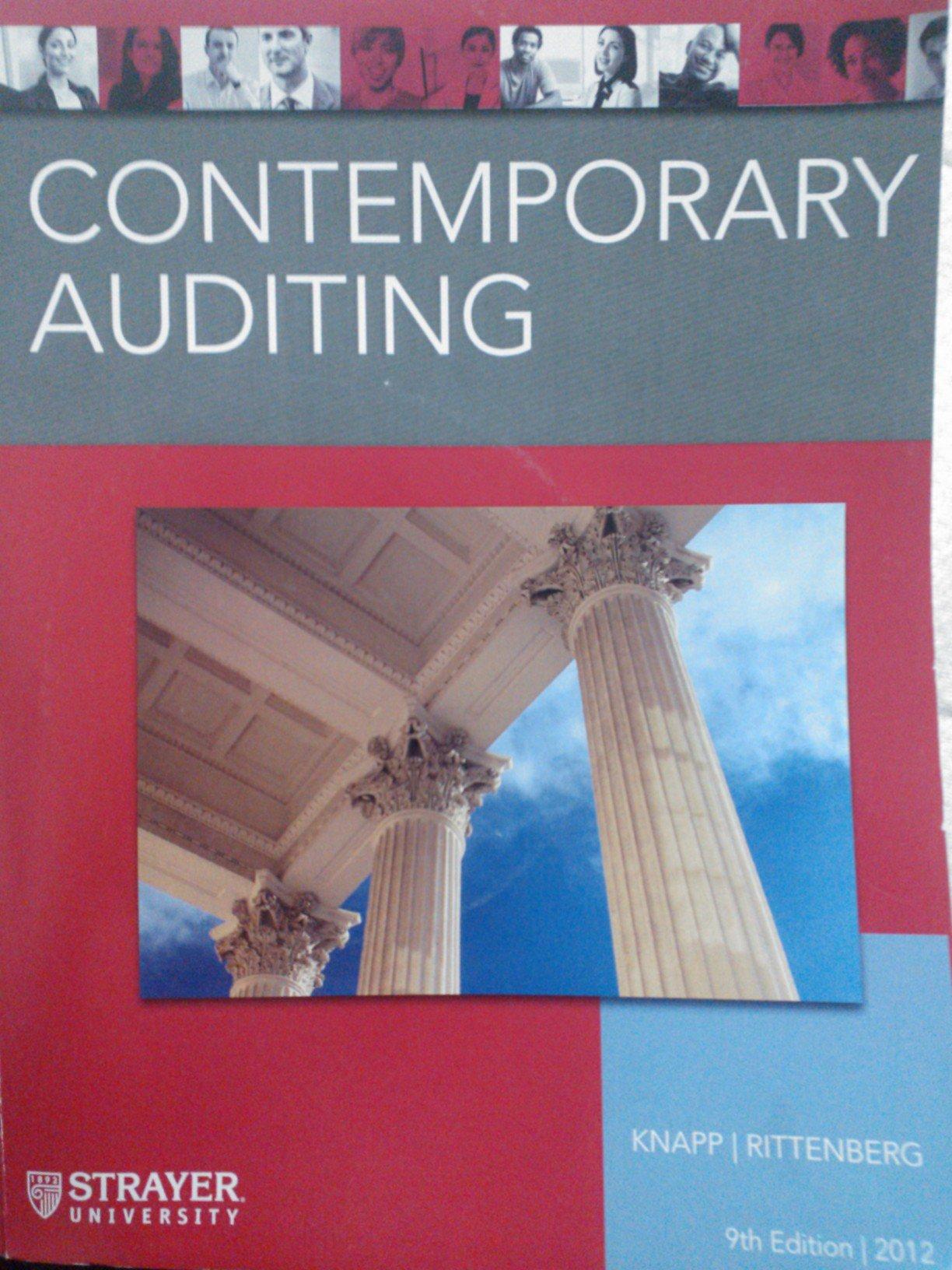Statement #1: Cute Camel's net collection of inventory items increased by more than the firm sold between Years 1 and 2. This statement is because: Total inventories of raw materials, work-in-process, and final goods increased from $3,960 million to $4,950 million between Year 1 and Year 2 The accounts receivable balance increased by $338 million between Years 1 and 2 The accruals balance decreased by $234 million between Years 1 and 2 Statement #2: On December 31 of Year 2, Cute Camel Woodcraft Company had $4,612 million of actual money that it could have spent immediately. This statement is because: Cute Camel's Year 2 cash and equivalents balance is $11,610 The funds recorded in Cute Camel's accounts receivable account represents funds that are either cash or can be converted into cash almost immediately The funds recorded in Cute Camel's cash and equivalents account represents funds that are either cash or can be conver into cash almost immediately Statement #3: One way to interpret the change in Cute Camel's accounts receivable balance from Year 1 to Year 2 is that more customers purchased new items on credit rather than paying off existing credit accounts. This statement is , because: The change from $3,960 million to $4,950 milion reflects a net accumulation of new credit sales The $338 increase in accounts receivable means either that Year 1's existing credit customers are not paying off their owed balances and new or existing customers are making additional purchases on credit, or that Year 1's credit customers have repaid their owed balances and Year 2 credit sales have exceeded Year 1's credit sales The decrease from $1,688 million to $1,350 million implies a net decrease in accounts receivable and that more customers Start Statement #1: Cute Camel's net collection of inventory items increased by more than the firm sold between Years 1 and 2. This statement is because: Total inventories of raw materials, work-in-process, and final goods increased from $3,960 million to $4,950 million between Year 1 and Year 2 The accounts receivable balance increased by $338 million between Years 1 and 2 The accruals balance decreased by $234 million between Years 1 and 2 Statement #2: On December 31 of Year 2, Cute Camel Woodcraft Company had $4,612 million of actual money that it could have spent immediately. This statement is because: Cute Camel's Year 2 cash and equivalents balance is $11,610 The funds recorded in Cute Camel's accounts receivable account represents funds that are either cash or can be converted into cash almost immediately The funds recorded in Cute Camel's cash and equivalents account represents funds that are either cash or can be conver into cash almost immediately Statement #3: One way to interpret the change in Cute Camel's accounts receivable balance from Year 1 to Year 2 is that more customers purchased new items on credit rather than paying off existing credit accounts. This statement is , because: The change from $3,960 million to $4,950 milion reflects a net accumulation of new credit sales The $338 increase in accounts receivable means either that Year 1's existing credit customers are not paying off their owed balances and new or existing customers are making additional purchases on credit, or that Year 1's credit customers have repaid their owed balances and Year 2 credit sales have exceeded Year 1's credit sales The decrease from $1,688 million to $1,350 million implies a net decrease in accounts receivable and that more customers Start







